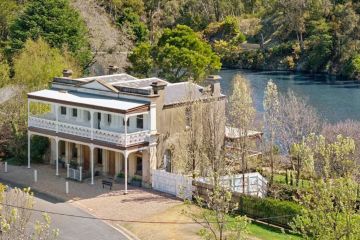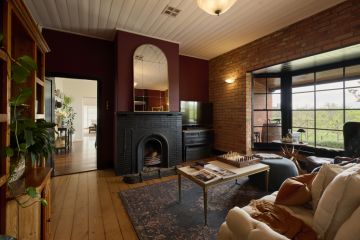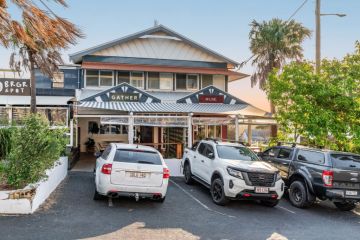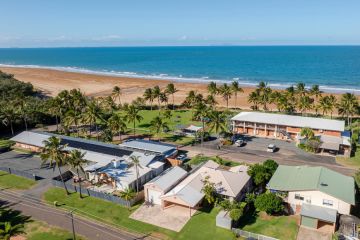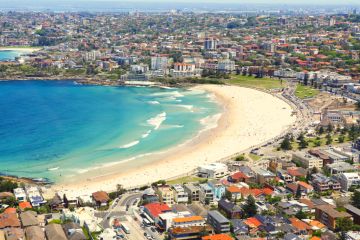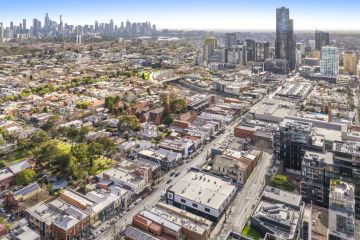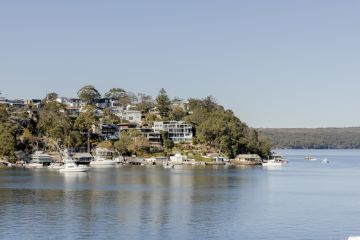The Aussie suburbs where it costs less to have a mortgage than to rent

In almost one in seven Aussie suburbs is it cheaper to have a mortgage on a house than it is to rent.
The difference between paying a bank loan and paying a landlord are blown out in some parts of the country, in favour of homeowners, due to a shortage of properties for lease, which has jacked up asking rents.
In 13.8 per cent of suburbs nationally, Domain research has found it costs less to have a mortgage than to be a tenant. For units, that applies to 21 per cent of postcodes.
Perth’s city unit market has the largest gap – there, it costs $584 less a month to be a mortgage holder than it does to rent. That is the biggest chasm in rent versus mortgage figures, followed by Darwin city units ($516 a month in difference) and units in Brisbane’s Wooldridge ($380 difference).
Suburbs where renting was more expensive than a mortgage were those with greater levels of competition from short-term residents, students and young professionals, Domain’s research team found.
However, the nation’s rising cash rate – back-to-back rate hikes since April have added $815 a month to a $500,000 mortgage – has greatly reduced the number of suburbs where mortgage holders were better off than tenants compared to 12 months ago.

Last year, a crippling 50 per cent of suburbs were more expensive to rent in than to pay a mortgage in (for houses and units). However, although mortgages costs are on the up, demand for rentals outpacing supply has prevented the ledger from squaring, with the national vacancy rate sits at a record low 0.8 per cent.
The Domain data is based an interest rate of 4.93 per cent and a 20 per cent deposit, but excludes adjunct costs including stamp duty and council rates.
Perth, Darwin and regional Australia provide the broadest opportunity for homeowners versus renters.
In rural Australia, it is cheaper to buy than to rent in almost a quarter of suburbs for houses and 44.3 per cent of suburbs for units.

Dr Nicola Powell, Domain’s chief of economics and research, said lower mortgage costs in regional zones could be due to greater appetite for rentals – and therefore pressure on that market – because the population is more transient.
“We’re also seeing the more premium a suburb, the greater the mortgage repayment became, relative to rent and rent is higher than weekly mortgage repayments in certain suburbs that have greater levels of competition from short-term residents, students and young professionals,” Dr Powell said.
In Sydney, Melbourne and Hobart there are fewer suburbs than other capitals where it is cheaper to buy than to rent, Domain found.
For those cities, Domain crunched the numbers on how little more buyers needed to fork out a week to secure a mortgage that would be less than renting.

In Sydney’s Villawood, only $29 per week more for a unit will score a buyer a cheaper mortgage than the suburb’s rental prices. Homeowners in Hobart’s Risdon Vale only need pay $11 per week more to be better off with their house mortgage than the price of renting.
Melbourne’s Travancore has units with mortgages that are $28 per week cheaper than rentals. In Brisbane, Woodridge’s units are $95 per week cheaper than rents.
In Mawson Lakes in Western Australia prospective buyers will find they can ink a deal for a unit mortgage for $71 less per week than renting.
Perth’s CBD offers unit mortgages that are $146 per week cheaper than renting. In Canberra’s Gungahlin, it is $93 per week less for unit repayments to the bank than to a landlord.
And in Darwin, CBD units can be bought for a mortgage that is $129 per week less than renting costs.
We recommend
We thought you might like
States
Capital Cities
Capital Cities - Rentals
Popular Areas
Allhomes
More
/http%3A%2F%2Fprod.static9.net.au%2Ffs%2Fe5b4036d-2688-4cc3-a56d-9fe9c317d265)


